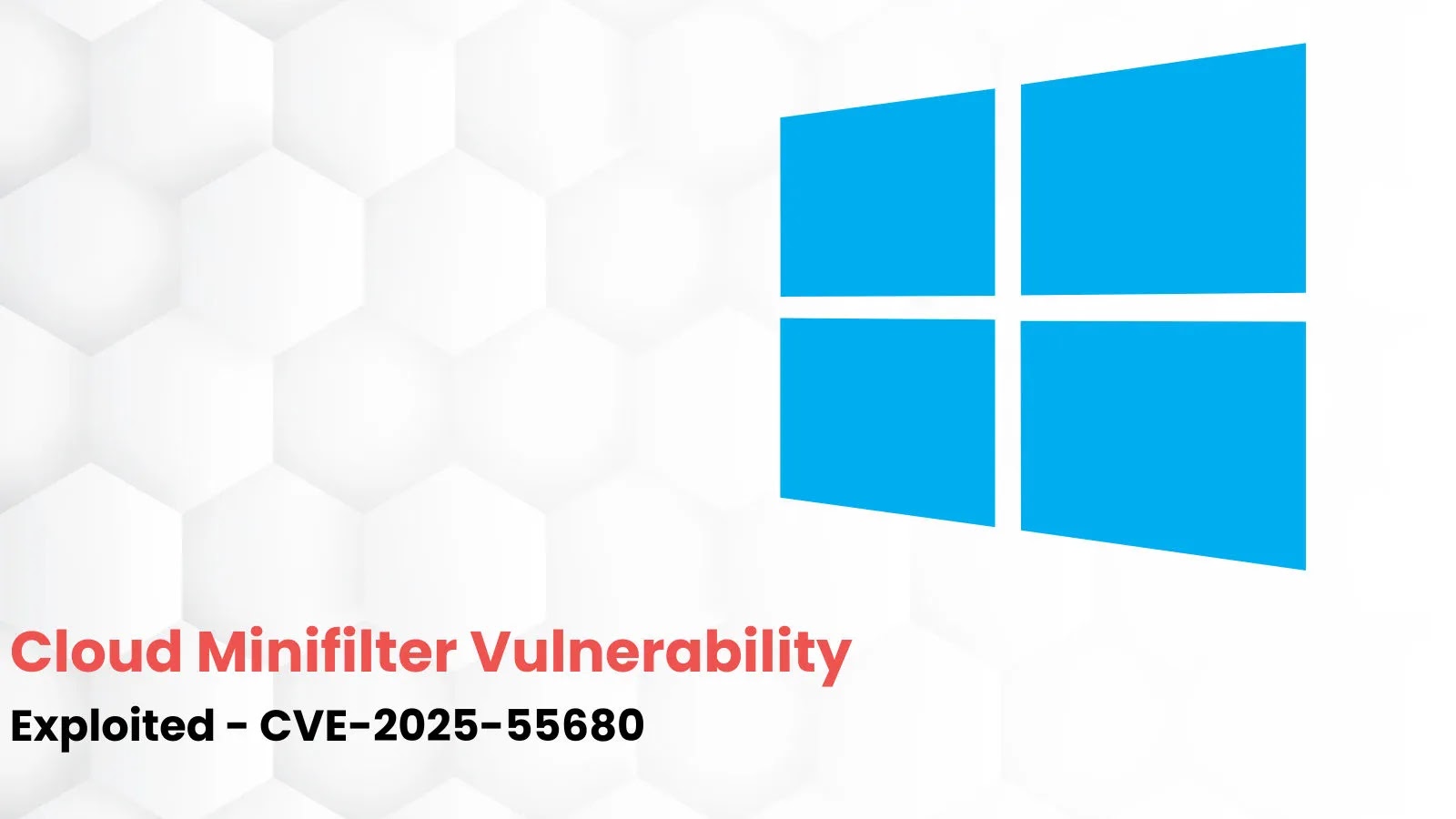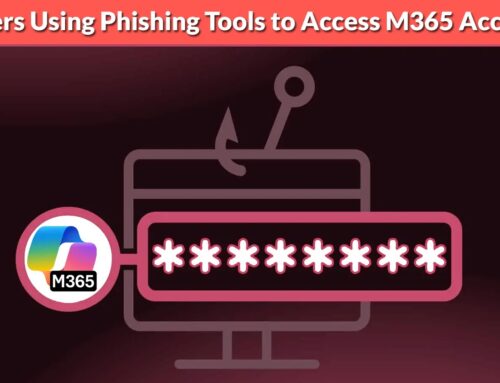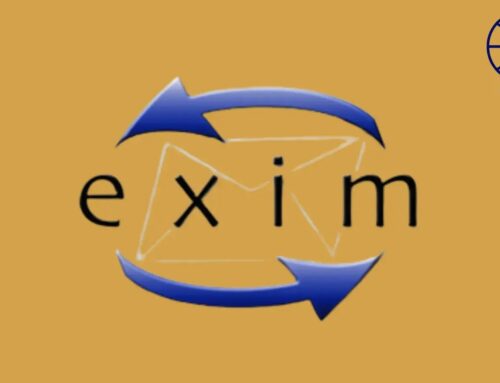
Microsoft Windows Cloud Files Minifilter Privilege Escalation Vulnerability Exploited
Unmasking CVE-2025-55680: The Windows Cloud Files Minifilter Privilege Escalation
The digital landscape is a constant battlefield, and even the most robust systems can harbor critical weaknesses. Recently, Microsoft addressed a significant vulnerability in its Windows Cloud Files Minifilter driver, designated CVE-2025-55680. This privilege escalation flaw allowed local attackers to gain elevated permissions and even create arbitrary files across affected systems, posing a substantial risk to data integrity and system security. Understanding the mechanics of such vulnerabilities is crucial for maintaining a resilient cybersecurity posture.
What is the Windows Cloud Files Minifilter Driver?
The Windows Cloud Files Minifilter driver (CloudFiles.sys) is an integral component of Windows operating systems that facilitates seamless integration with cloud storage services. It acts as an intermediary, allowing applications to interact with cloud-hosted files as if they were stored locally. This driver enables features like file synchronization, on-demand access to cloud content, and intelligent caching, enhancing user experience and productivity. However, like any complex software component interacting with system-level operations, it presents a potential attack surface if not meticulously secured.
The Nature of the Flaw: A Critical Race Condition
The vulnerability, CVE-2025-55680, stemmed from a critical race condition within the Cloud Files Minifilter driver. A race condition occurs when a system or application attempts to perform two or more operations at the same time, but because the ordering or timing of those operations can’t be guaranteed, they interfere with each other, leading to unexpected and often exploitable behavior. In this specific case, local attackers could leverage this timing vulnerability to manipulate the driver’s operations, ultimately leading to privilege escalation. This allowed them to execute code with elevated system privileges and, alarmingly, create arbitrary files anywhere on the system, potentially overwriting critical system files or injecting malicious content.
Discovery and Disclosure
This critical flaw was independently discovered by security researchers at Exodus Intelligence in March 2024. Their diligent work in identifying and reporting such vulnerabilities is paramount to improving the overall security of operating systems. Microsoft, upon receiving the report, promptly initiated efforts to develop a patch. The resolution was subsequently included in the October 2025 Patch Tuesday updates, underscoring the severity and urgency of the fix. The vulnerability received a CVSS score indicating its high impact and ease of exploitation, further emphasizing the need for immediate remediation.
Remediation Actions for CVE-2025-55680
Addressing CVE-2025-55680 is straightforward but critical. Organizations and individual users must prioritize the following actions:
- Apply October 2025 Patch Tuesday Updates: The most crucial step is to install all available updates released by Microsoft in October 2025. These patches contain the necessary fix for the Cloud Files Minifilter driver. Ensure your Windows Update service is active and configured for automatic updates.
- Regular Patch Management: Implement a robust patch management strategy to ensure all systems are kept up-to-date with the latest security fixes. Timely patching is the most effective defense against known vulnerabilities.
- Principle of Least Privilege: Reinforce the principle of least privilege across your environment. Limit user accounts and applications to only the permissions necessary to perform their functions. This mitigates the impact of potential privilege escalation attacks.
- Endpoint Detection and Response (EDR): Utilize EDR solutions to monitor for suspicious activity, including attempts at privilege escalation or unauthorized file creation. EDR can help detect and respond to exploit attempts even before patches are applied.
- Security Awareness Training: Educate users about the importance of security updates and the dangers of unpatched systems. A well-informed user base is an additional layer of defense.
Tools for Detection and Mitigation
While applying the patch is the primary mitigation, various tools can aid in detection, scanning, and overall security posture improvement:
| Tool Name | Purpose | Link |
|---|---|---|
| Microsoft Defender for Endpoint | Advanced threat protection, EDR capabilities, vulnerability management. | https://www.microsoft.com/en-us/security/business/microsoft-defender-for-endpoint |
| Tenable Nessus | Vulnerability scanning and assessment to identify unpatched systems. | https://www.tenable.com/products/nessus |
| Qualys VMDR | Vulnerability management, detection, and response platform. | https://www.qualys.com/vmdr/ |
| Windows Update Service | Built-in mechanism for downloading and installing Microsoft updates. | (Integrated into Windows OS) |
Key Takeaways
The exploitation of CVE-2025-55680 in the Windows Cloud Files Minifilter driver highlights the persistent threat of privilege escalation vulnerabilities, even in core operating system components. Organizations must remain vigilant, prioritizing timely patching and employing a multi-layered security approach. The swift action by Microsoft and the responsible disclosure by Exodus Intelligence underscore the collaborative effort required to secure our digital infrastructure. Proactive security measures, robust patch management, and continuous monitoring are indispensable for mitigating such risks effectively.





